- EasyCard
- Trade
- Help
- Announcement
- Academy
- SWIFT Code
- Iban Number
- Referral
- Customer Service
- Blog
- Creator
New Way to Remit to the Philippines: USDT Transfer Process and Advantage Analysis
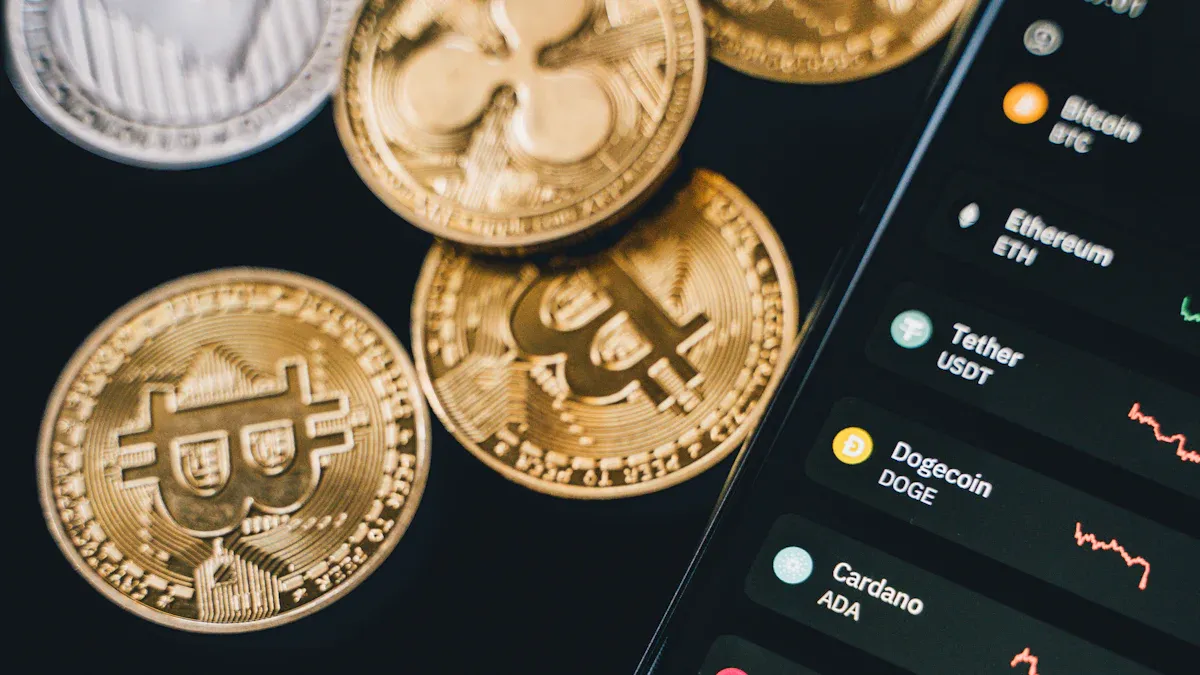
Image Source: pexels
Are you still troubled by the high handling fees and long waits for remittances to the Philippines? Now, using stablecoin (USDT) to remit to the Philippines provides a revolutionary solution.
This method has comprehensive costs as low as 1%, and the recipient only needs a smartphone to receive funds in as fast as minutes without complicated bank procedures.
Considering the Philippines’ high 98.5% mobile phone penetration rate, this digital remittance method is extremely convenient. This article will provide you with a complete nanny-level illustrated tutorial to help you complete each step safely and cost-effectively.
Key Points
- Using USDT to remit to the Philippines has fees as low as 1%, fast speed, arriving in minutes.
- Choosing the TRC-20 network for USDT transfers can save fees and increase speed.
- Before remitting, carefully verify the recipient address and transfer network to avoid fund loss.
- Choose regulated platforms and enable two-factor authentication and withdrawal whitelists to ensure fund security.
- In the Philippines, using USDT remittances through BSP-licensed platforms is legal.
Preparation: Acquire Remittance “Fuel” USDT
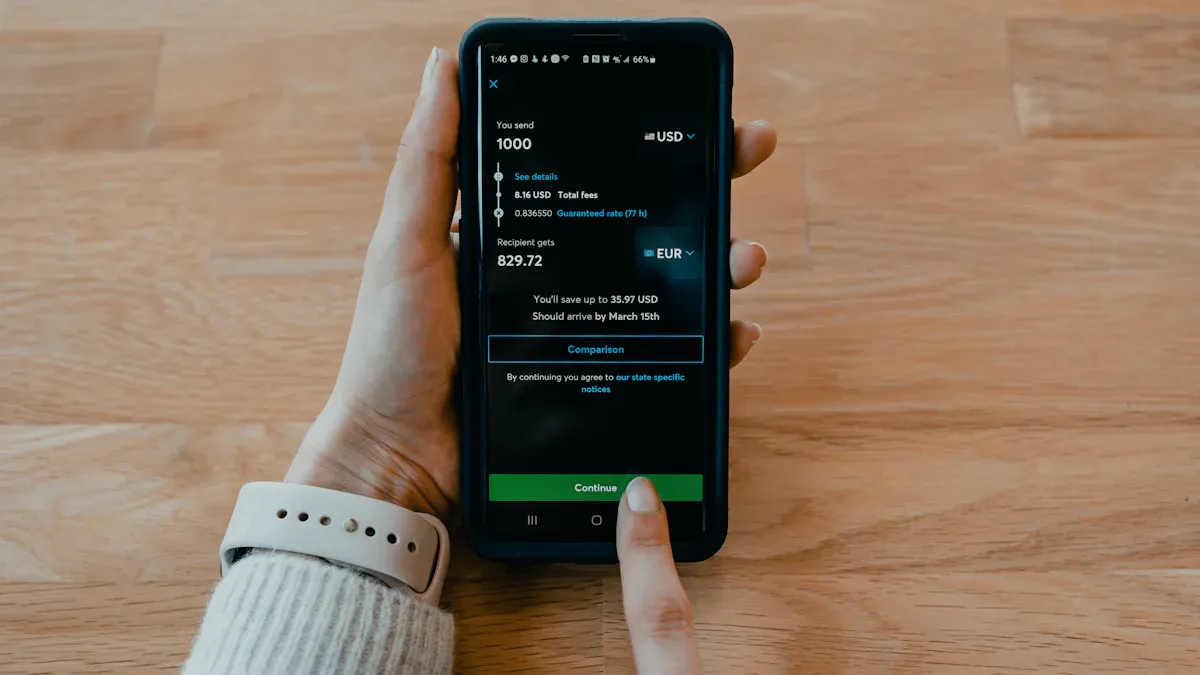
Image Source: unsplash
To start remitting, you first need to obtain USDT. This is like preparing “fuel” for your remittance journey. The entire process can be safely completed through regulated cryptocurrency exchanges.
Select and Register a Cryptocurrency Exchange
The exchange is your online market for purchasing USDT. Choosing a good platform is crucial. You need to focus on three aspects: security, transaction fees, and user experience. Binance, OKX, and Bybit are several platforms with large global user bases.
In terms of fees, some platforms have advantages. For example, exchanges like Bybit and MEXC offer extremely low or even zero handling fee promotions for specific USDT trading pairs. At the same time, you can refer to user reviews on different platforms to assist decision-making.
Tip: User ratings can serve as a reference, but you need to comprehensively consider the platform’s security record and features.
Complete Identity Verification (KYC)
After registering an account, you need to complete identity verification, namely KYC (Know Your Customer). This is a mandatory step for all compliant exchanges. Platforms require identity verification to comply with international anti-money laundering (AML) regulations, such as those set by the Financial Action Task Force (FATF), to protect your fund security.
You usually need to prepare the following documents:
- Identity Proof: For example, passport, ID card, or driver’s license.
- Proof of Address (required for advanced verification on some platforms): For example, recent utility bills or bank statements.
Follow the platform’s guidance to upload documents; the review process is usually completed quickly.
Purchase USDT via C2C Transactions
After completing verification, you can purchase USDT. For beginners, C2C (Customer-to-Customer) transactions are a simple and direct way. You can directly purchase USDT from other users on platforms like Biyapay that support C2C functions.
The operation process is very simple: you select a reputable seller, determine the purchase amount, then pay the seller through platform-supported methods (such as bank transfer, Alipay). For example, you can use an account opened at a Hong Kong licensed bank for transfer. After the seller confirms receipt, the platform releases the corresponding USDT to your account.
Core Steps: Remit to the Philippines with Stablecoin (USDT)
You have successfully acquired USDT; now enters the most critical phase: transfer. This process is like transferring your “fuel” from one tank (your exchange account) to another (the Philippine recipient platform account). Below, we break down this process to ensure every step is clear and error-free. Completing this step means you have successfully used stablecoin (USDT) to remit to the Philippines.
Choose TRC-20 Network for Transfer
When transferring, you need to select a “network” or “chain.” This is like choosing a courier company; different networks have different speeds and fees. Here, we strongly recommend using the TRC-20 network.
Why TRC-20? Because it has huge advantages in speed and cost. Compared to Ethereum (ERC-20) network, TRC-20 has extremely low transfer fees and faster speeds.
| Feature | TRC-20 (TRON Network) | ERC-20 (Ethereum Network) |
|---|---|---|
| Transaction Fee | Usually under $1 | May reach several dollars or even tens of dollars |
| Transaction Speed | Very fast, usually seconds to minutes | Slower, may take longer during network congestion |
| Network Congestion | Rarely occurs | Often occurs, increasing fees and time |
Core Advantage: Choosing the TRC-20 network means your remittance costs are almost negligible, and funds arrive quickly, which is the core appeal of using stablecoin (USDT) to remit to the Philippines.
Obtain Philippine Platform Recipient Address
Next, you need to find your USDT recipient address on the Philippine recipient platform. This address is like your bank account number for receiving funds. We take the Philippine local compliant platform Biyapay as an example to show you how to operate.
- Log in to your Biyapay account.
- On the main interface or asset page, find the “Deposit” or “Receive” function.
- Select the coin to deposit, here choose USDT.
- On the network selection interface, be sure to choose TRC-20. This is the most critical step!
- The platform will generate a TRC-20 recipient address exclusive to you, usually a long string of letters and numbers starting with “T”. Click “Copy Address”.
Important Tip: The deposit network must exactly match the withdrawal network. If you chose TRC-20 for withdrawal, you must also choose TRC-20 here to obtain the address. Choosing the wrong network will result in permanent loss of your funds with no recovery.
Execute Withdrawal from Source Exchange
After obtaining the recipient address, return to the exchange where you purchased USDT (such as Binance, OKX, etc.) and start the “Withdraw” operation.
- Enter your exchange account and find the “Assets” or “Wallet” section.
- Click “Withdraw”.
- Select USDT from the coin list.
- Paste the recipient address you just copied from Biyapay into the “Withdrawal Address” field.
- In the “Transfer Network” option, select TRC-20 again. The system usually auto-detects, but you must manually check and confirm.
- Enter the USDT amount you want to remit.
- Carefully verify all information: address, network, amount. After confirming no errors, enter your transaction password and two-factor verification code (2FA), then submit the withdrawal request.
Security Technique: Enable Address Whitelist To further protect your fund security, it is strongly recommended to enable the exchange’s “Address Whitelist” function.
- Function: This feature allows you to pre-set and approve several commonly used withdrawal addresses.
- Benefits: Once enabled, your account can only withdraw to addresses in this whitelist. Even if the account is compromised, hackers cannot transfer your funds to their own addresses, providing a solid layer of security.
After completing the above steps, the exchange will process your withdrawal request. Due to the high efficiency of the TRC-20 network, usually within minutes, your USDT will appear in the Biyapay account balance.
Final Step: Exchange and Withdraw PHP in the Philippines
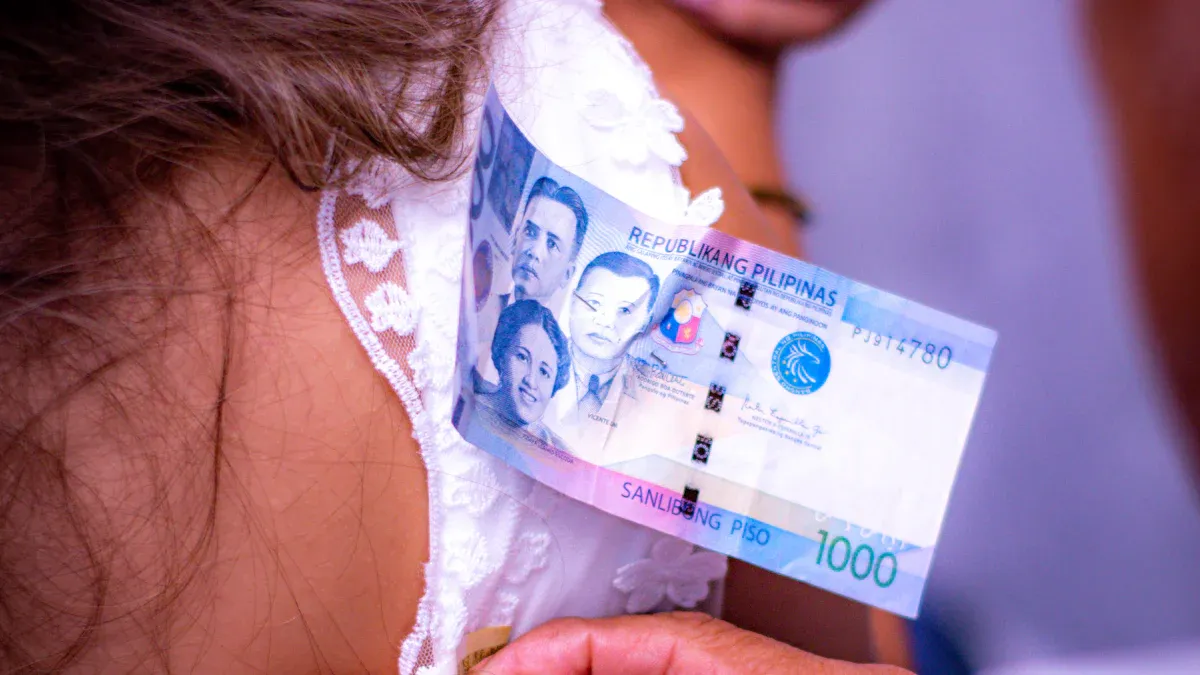
Image Source: pexels
Your USDT has safely arrived in the Philippine platform account. Now, you are one step away from success: convert these digital assets into usable Philippine pesos (PHP) and withdraw to the recipient’s e-wallet or bank account.
Sell USDT for Pesos (PHP)
First, you need to exchange the received USDT for PHP. This process is very simple on platforms like Biyapay, usually called “Convert” or “Trade”.
- Log in to your Biyapay account and enter the asset page.
- Find the “Convert” function.
- Select conversion from USDT to PHP.
- Enter the USDT amount you want to convert; the system will automatically display the PHP amount you can obtain.
- Confirm the exchange rate and information are correct, then click to execute the conversion.
Fee Notice: The platform charges a small handling fee during conversion. Different platforms have different fee structures; understanding these differences can help you maximize the received amount.
| Exchange | Spot Trading Fee |
|---|---|
| Coins.ph | 0.05% - 0.3% |
| PDAX | Up to 0.5% |
Choosing a low-fee platform allows you to save more in remittances.
Withdraw PHP to Local Account
When you have a PHP balance in your account, you can perform the final step—withdrawal (Cash Out). Platforms like Biyapay support multiple convenient withdrawal channels, allowing the recipient to choose flexibly.
The operation process is as follows:
- On your PHP asset page, select the “Cash Out” option.
- Choose the withdrawal destination; common options include:
- E-Wallet: Such as GCash, PayMaya
- Bank Account: Supports major mainstream banks in the Philippines
- Enter the recipient account information and withdrawal amount, then submit the request.
Withdrawal processing speed depends on the chosen channel and withdrawal time. Generally, withdrawals to e-wallets are faster than bank transfers.
| Withdrawal Channel (PHP) | Amount (PHP) | Estimated Processing Time |
|---|---|---|
| Some Banks & E-Wallets | 1 - 50,000 | About 15 minutes |
| Other Banks | > 50,000 | T+1 business day |
Tip: For small remittances, recommend using GCash or PayMaya for withdrawal, as they arrive almost instantly and are very convenient. For large withdrawals, note bank processing times and try to operate on business days to ensure timely fund arrival.
At this point, the entire USDT remittance process is fully completed. Your funds have been safely, quickly, and at low cost transferred from the sender to the Philippine recipient’s hands.
Full Analysis of Costs and Risks
Although using stablecoin (USDT) to remit to the Philippines is fast and convenient, before starting operations, you must fully understand its cost structure and potential risks. This helps you make informed decisions and safely complete every transaction.
Detailed Breakdown of 1% Comprehensive Handling Fee
You may wonder how the 1% comprehensive cost is achieved. Compared to traditional banks’ up to 2%-7% fees, the cost advantage of USDT remittances is very obvious, saving you over 75% in fees at most. This fee mainly consists of the following parts:
- Purchase Spread: When purchasing USDT on C2C platforms, the price is slightly higher than the real-time exchange rate; this spread is the seller’s profit, usually very small.
- Network Transfer Fee: This is the fee paid to the blockchain network when transferring USDT from one platform to another. Using the TRC-20 network, this fee is usually under $1.
- Conversion Handling Fee: When converting USDT to PHP on the Philippine platform, the platform charges a transaction fee, usually between 0.1% to 0.5%.
- Withdrawal Fee: Finally, when withdrawing PHP to a bank or e-wallet, some channels may have a small fixed fee.
Overall: Adding these fees, the total cost can be fully controlled around 1%, far lower than traditional remittance methods.
Potential Risks and Safety Precautions
While enjoying low costs, you must be vigilant about the following risks and take corresponding safety measures.
- Platform Security Risk: No platform is absolutely secure. Historically, some well-known cryptocurrency exchanges have experienced security incidents. Therefore, you must choose platforms with good reputation and excellent security records, and enable all available security settings, such as two-factor authentication (2FA) and withdrawal whitelists.
- Operational Error Risk: Blockchain transfers are irreversible. If you enter the wrong recipient address or select the wrong network, funds will be permanently lost with no recovery. During operation, be sure to repeatedly verify the address and network.
- Compliance Risk: The Bangko Sentral ng Pilipinas (BSP) regulates cryptocurrency remittances. You must operate through virtual asset service providers (VASP) registered with BSP. Note that BSP has suspended issuing new VASP licenses since September 2022, so choosing a compliant established platform is particularly important.
Using stablecoin (USDT) to remit to the Philippines provides you with a revolutionary new choice. You can complete efficient fund transfers at costs as low as 1% and near-instant speeds, driving changes in the global remittance market.
Three Elements of Safe Operation:
- Always choose reputable platforms.
- Repeatedly verify recipient address and transfer network.
- Be vigilant about potential risks in C2C transactions.
We encourage you to perform a small test transfer first after fully understanding the process. This way, you can safely experience the great convenience brought by digital remittances firsthand.
FAQ
Will USDT’s price fluctuate?
USDT is a stablecoin with its value pegged 1:1 to the USD. This means its price is very stable, unlike Bitcoin’s dramatic fluctuations. When using it for remittances, you can effectively avoid losses due to price changes.
What if I enter the wrong address or select the wrong network?
Blockchain transfers are irreversible. If you enter the wrong address or select the wrong network, funds will be permanently lost with no recovery. Therefore, before each transfer, you must repeatedly verify the address and network information.
How long does the entire remittance process take?
The entire process is very fast.
- Purchasing USDT and withdrawal usually complete in minutes.
- TRC-20 network transfers also take only minutes.
- Exchanging and withdrawing to e-wallets on Philippine platforms can arrive in as fast as 15 minutes.
Is using USDT remittances in the Philippines legal?
Yes, as long as you operate through virtual asset service providers (VASP) licensed by the Bangko Sentral ng Pilipinas (BSP), it is legal. For example, platforms like Biyapay and Coins.ph hold corresponding licenses; you can use them with confidence.
*This article is provided for general information purposes and does not constitute legal, tax or other professional advice from BiyaPay or its subsidiaries and its affiliates, and it is not intended as a substitute for obtaining advice from a financial advisor or any other professional.
We make no representations, warranties or warranties, express or implied, as to the accuracy, completeness or timeliness of the contents of this publication.

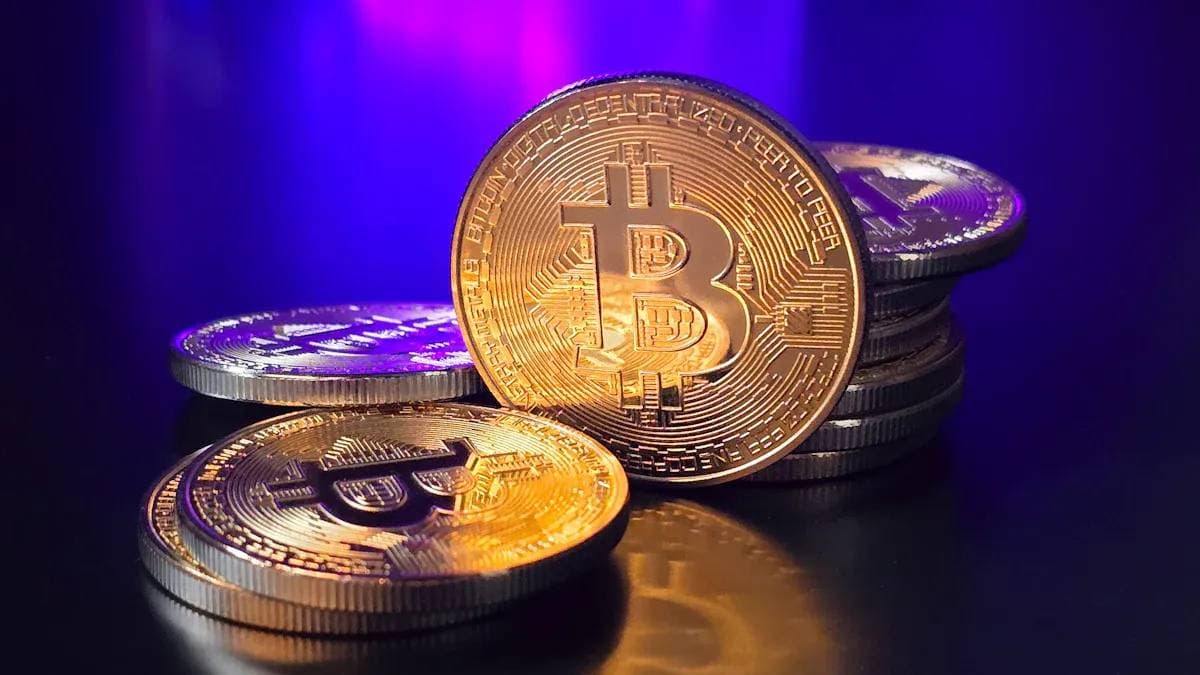
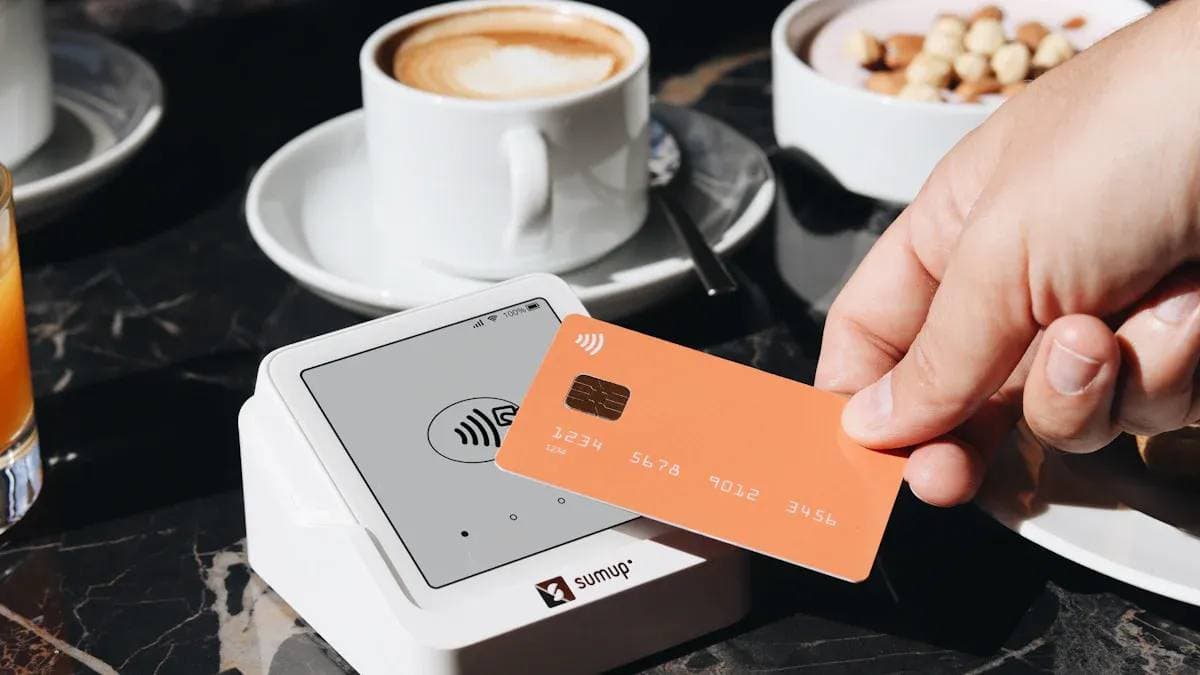

Contact Us
Company and Team
BiyaPay Products
Customer Services
BIYA GLOBAL LLC is a licensed entity registered with the U.S. Securities and Exchange Commission (SEC No.: 802-127417); a certified member of the Financial Industry Regulatory Authority (FINRA) (Central Registration Depository CRD No.: 325027); regulated by the Financial Industry Regulatory Authority (FINRA) and the U.S. Securities and Exchange Commission (SEC).
BIYA GLOBAL LLC is registered with the Financial Crimes Enforcement Network (FinCEN), an agency under the U.S. Department of the Treasury, as a Money Services Business (MSB), with registration number 31000218637349, and regulated by the Financial Crimes Enforcement Network (FinCEN).
BIYA GLOBAL LIMITED is a registered Financial Service Provider (FSP) in New Zealand, with registration number FSP1007221, and is also a registered member of the Financial Services Complaints Limited (FSCL), an independent dispute resolution scheme in New Zealand.




















